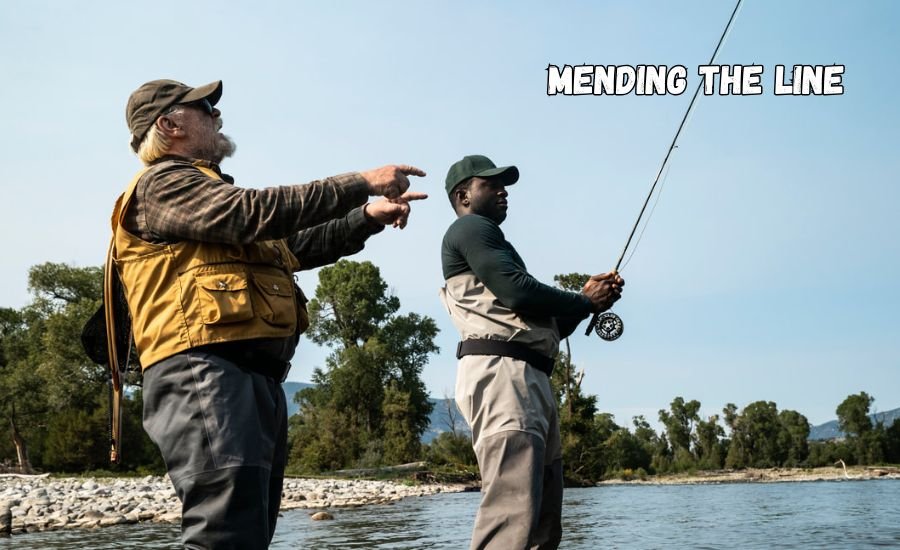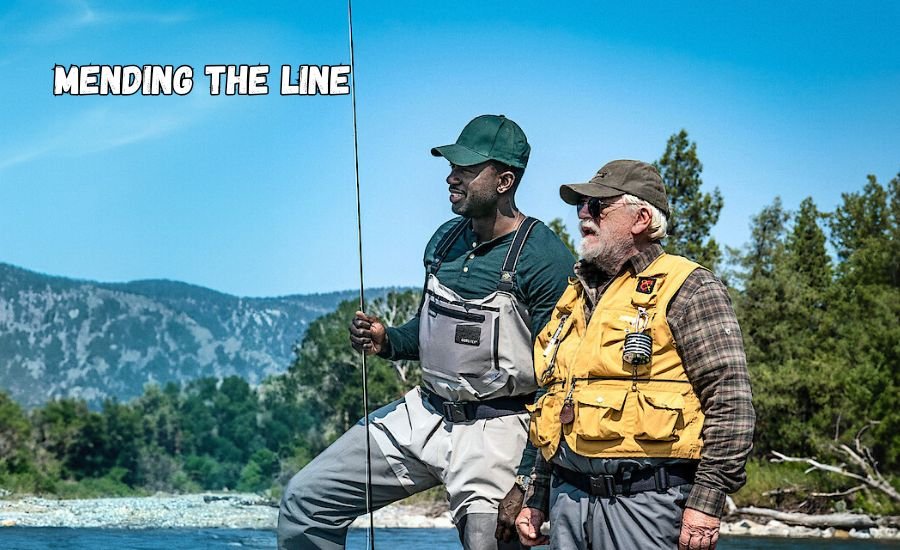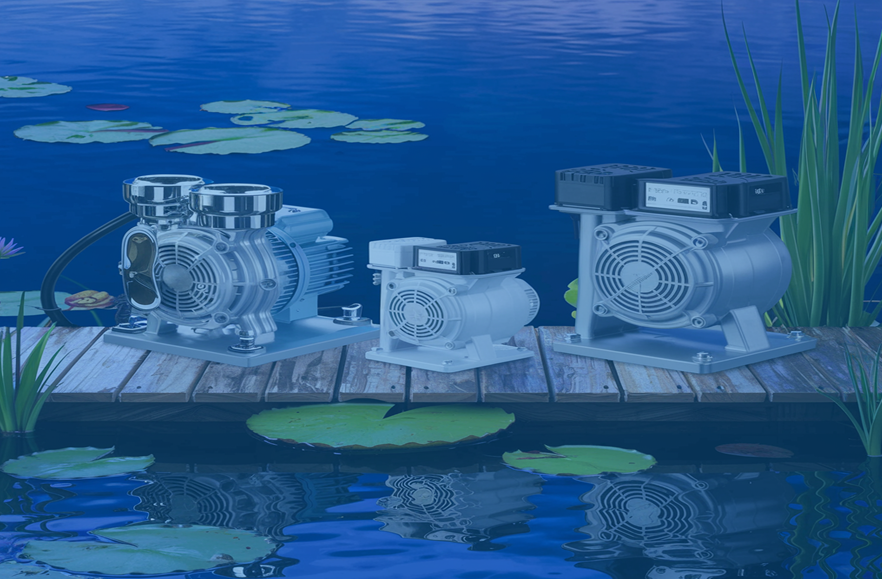The Art and Importance of Mending the Line

Mending the line is an essential skill in fly fishing that can make the difference between a successful day on the water and one filled with missed opportunities. This technique, often underestimated by beginners, is crucial for achieving a natural drift, keeping your line in the right position, and ultimately increasing your chances of catching fish. But what exactly does it mean to mend the line? Why is it so important, and how can anglers, from novices to experts, improve their mending skills?
In this guide, we will break down everything you need to know about mending the line, covering techniques, tips, and why it’s a foundational skill for successful fishing.
What is Mending the Line?
Mending the line is the process of repositioning or adjusting your fishing line on the water after casting but before the fly reaches the fish. This movement helps control the fly’s drift, keeping it in line with natural currents and reducing drag. When done correctly, mending allows the fly to move naturally, increasing your chances of a fish strike.
Why Mending Matters
Understanding why mending is crucial can motivate anglers to practice and improve this skill. Fish are incredibly sensitive to unnatural movements in their environment. When a fly drifts unnaturally due to drag from the line, it alerts fish, causing them to avoid it. Mending solves this problem by allowing anglers to present their fly more realistically.
Different Types of Mends

Not all mends are created equal. The technique used depends on factors like water speed, current direction, and the type of fish targeted. Let’s go through some common mends that can elevate your fishing game.
- Upstream Mend
This is the most common and fundamental mend, especially in fast currents. After casting, an upstream mend is used to counteract the downstream pull of the current, allowing the fly to drift naturally. - Downstream Mend
Used in slower or calmer waters, a downstream mend helps the fly move more freely. It works well when fish are skittish and need a slower presentation. - Reach Mend
The reach mend is a specialized technique that involves mending as you cast. By angling the rod upstream or downstream during the cast, you can set the line in the desired position before it hits the water. - Roll Mend
The roll mend is ideal for when you need a subtle, short adjustment. This technique is excellent for small streams or when you’re fishing close to obstacles.
Key Techniques to Improve Your Mending Skills
1. Focus on Timing
Timing is everything when it comes to mending the line. Aim to mend as soon as the line hits the water, so you don’t disturb the fly or alert nearby fish.
2. Use Your Wrist
Mending isn’t about aggressive movements; it’s about finesse. A subtle wrist flick is often enough to adjust the line without making big waves.
3. Consider the Current
Assessing the current is essential to effective mending. In fast currents, larger, quicker mends are often needed. In slower waters, softer, gentler mends are better.
4. Practice in Calm Waters
If you’re new to mending, start in slower waters. This will allow you to get a feel for how slight adjustments affect the line and improve your technique over time.
Common Mistakes to Avoid
Every angler makes mistakes when mending, but knowing the most common ones can help you avoid them and improve faster.
- Over-Mending
Over-mending happens when anglers make too many adjustments, causing the fly to move unnaturally. Less is often more when it comes to mending. - Ignoring the Current
Failing to consider the current is a common beginner mistake. Remember that the type and strength of the current will determine the type of mend needed. - Heavy-Handed Mends
Mending with too much force creates ripples and can alert fish. Gentle, subtle movements are usually more effective.
Read More: Finbusines
Advanced Mending Techniques for Experienced Anglers
A. Stack Mending
Stack mending involves multiple, smaller mends that gradually stack up on each other, allowing for a longer natural drift. This is particularly useful when fishing in areas with complex currents.
B. Curve Mending
Curve mending lets you shape your line to avoid obstacles or reach challenging spots. This requires a practiced hand but is rewarding once mastered, allowing you to reach areas where fish often hide.
C. Aerial Mending
Aerial mending is an advanced technique where you adjust the line mid-air before it hits the water. This requires timing and skill but can create a perfect drift in challenging waters.
How to Practice Mending the Line
Practicing mending doesn’t always need to happen on a fishing trip. Here are some ways to practice that will improve your skills without needing to go to the river.
- Use a Practice Pool
If you have access to a local pond or pool, use it to practice mending in a controlled environment. - Watch Videos and Tutorials
Sometimes, seeing others in action can help clarify techniques. Watch videos and tutorials that show the different types of mends. - Dry Land Practice
Believe it or not, mending practice can also be done on dry land. Use a rod with a line, practice flicking the line, and observe how your movements affect it.
Tools and Gear to Enhance Mending

Choosing the right rod, line, and accessories can make mending easier and more effective.
- Rod Flexibility
A rod with good flexibility will make mending easier and help you control your line more effectively. - Weighted Lines
Heavier lines make mending easier, especially in windy conditions. - Polarized Sunglasses
Seeing your line on the water is crucial, and polarized sunglasses reduce glare, helping you spot issues with your line’s position.
Conclusion
Mending the line is a skill that every angler should prioritize, as it directly impacts your fishing success. By mastering this technique, you can improve your presentation, reduce drag, and significantly increase your chances of catching fish. With patience, practice, and the right approach, you’ll soon be mending like a pro, enhancing your fishing experience and impressing your fellow anglers.
FAQs
Q: What is mending the line in fishing?
A: Mending the line is the act of adjusting your fishing line on the water to achieve a natural drift, keeping the fly in line with the current and reducing unnatural drag that could scare fish.
Q: Why is mending the line important?
A: Mending helps present the fly naturally in the water, increasing the chances of catching fish. Without mending, the current can pull on the line, causing drag and making the fly drift unnaturally.
Q: When should I mend the line?
A: You should mend the line immediately after casting and as needed while your fly drifts. The timing depends on the current and the fish’s position, but quick mends early in the drift are often effective.
Q: What are the common types of mends?
A: The most common types of mends include the upstream mend, downstream mend, reach mend, and roll mend, each suited to different water speeds and fishing situations.
Q: How do I know which mend to use?
A: The type of mend depends on the current’s speed and direction. Upstream mends work well in faster currents, while downstream mends are ideal for slow water. Reach and roll mends are useful for positioning and smaller adjustments.
Q: Can beginners learn mending easily?
A: Yes, with practice, beginners can learn mending. Start with basic upstream and downstream mends, and practice in calm water to get a feel for the technique.
Q: What are the most common mending mistakes?
A: Common mistakes include over-mending, heavy-handed movements, and failing to consider the current. Avoiding these mistakes can improve your presentation and make mending more effective.
Check Out the Latest Blogs Regarding: Jacob-Elordi-GaY






